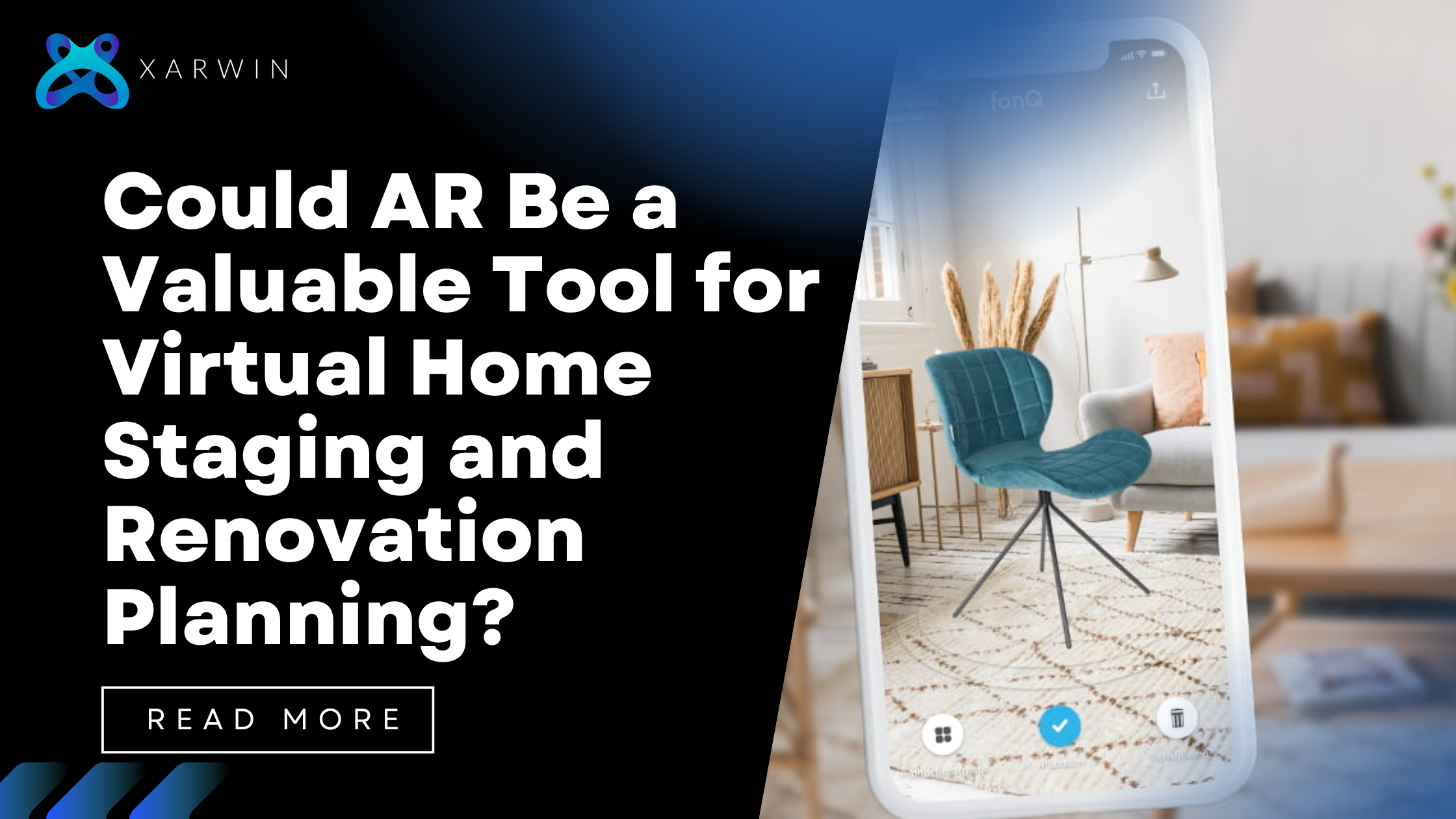These two powerful contenders, Augmented Reality (AR) and traditional photography are at the forefront of a digital transformation. As we navigate the comparison between AR and traditional photography in the context of furniture e-commerce, we’ll explore the benefits of 3D product showcases and weigh the advantages of each approach.
With clear boundaries diminishing between the physical world and cyberspace, it is crucial to appreciate the subtle advantages of three-dimensional product displays in coping with technological advancement in tandem with customer demands.
AR vs. Traditional Photography
The visual gatekeepers of e-shopping comprise Augmented Reality and traditional photography. For a long time now, traditional photography used lens work artistry to capture details, including the essence of furniture has remained the norm. Nevertheless, the creation of Augmented Reality has introduced a new perspective. Using AR technology, users can see how a piece of furniture will fit into their space as it appears on their device screen. The interaction is more dynamic than traditional photography as it allows customers to be involved in a unique experience as opposed to just viewing photos.
Benefits AR Photographics
1. Immersive Experience
AR improves furniture e-commerce with an interactive environment. They will be able to visually place all the items they chose inside their homes without leaving them.
2. Spatial Assessment
Therefore, through AR one can guess how this furniture will fit in with the current decor. Customers can make better judgments through this spatial assessment of their purchase issues.
3. Enhanced Shopping Experience
AR elevates the general shopping experience based on the interaction it facilitates.
Customers can connect to products on the move, thus creating an enhanced affiliation with potential purchases.
4. Informed Decision-Making
The benefits of 3D product showcases extend to informed decision-making. Customers can assess various aspects of furniture items, such as size, color, and style, leading to choices aligned with their preferences.
5. Decreased Return Rates
Because of its interactiveness, AR reduces the returns made due to dissatisfaction.
With a virtual preview, customers have higher confidence that the purchase is going to be useful for the living space they provide.
Pros and Cons AR Photography vs Traditional
Although traditional photography captures the beauty aspect of the furniture, it has some downsides. The limitations of static pictures do not allow them to capture the essence of a product while also taking into consideration varying tastes and preferences. However, 3D visualization comes in to help fix all the problems and drawbacks faced by traditional photography in furniture e-commerce.
The users can rotate, enlarge, or virtually experience how the product will look and operate in their homes. Nonetheless, we should not underestimate the importance of conventional photography in branding and marketing processes, which perfectly portrays the spirit and aesthetics of furnishing lines that might be hard for AR to match.
Customer Engagement and Conversion Rates
Customer engagement is greatly enhanced by the immersiveness offered in AR. In this way, AR creates a unique and memorable shopping experience by allowing potential clients to virtually ‘try before they buy’. Successful AR examples, taken from case studies from the field of furniture show how AR can increase sales conversion rate and improve customer satisfaction. Even though this must be understood as well, it is necessary to make sure that conventional picture-taking still retains great importance when generating compelling branding pieces and marketing paraphernalia.
Conclusion
However, in the changing environment of the online Furniture industry, it is important to realize that the decision between using AR and traditional photography is not about choosing one or the other; instead, it should be viewed as part of a strategy whereby each mode would serve to enhance the effectiveness of the Combining both elements makes sure that customers’ encounter is engaging, satisfying, and motivational enough towards conversion rates.
With the development of technology, the relationship between AR and conventional photography could be used to explore further possibilities by leveraging e-commerce. However, the way forward is a mix of traditional and technological shopping options that offer smooth yet enjoyable purchasing experiences to consumers.
As a trailblazer in augmented reality (AR), Xarwin combines innovation with a user-centric approach to redefine industry standards. Its team of expert engineers, designers, and strategists excels in crafting immersive AR experiences across various sectors. With each project, the company not only meets current demands but also shapes future trends, establishing itself as a leading force in the AR landscape.





